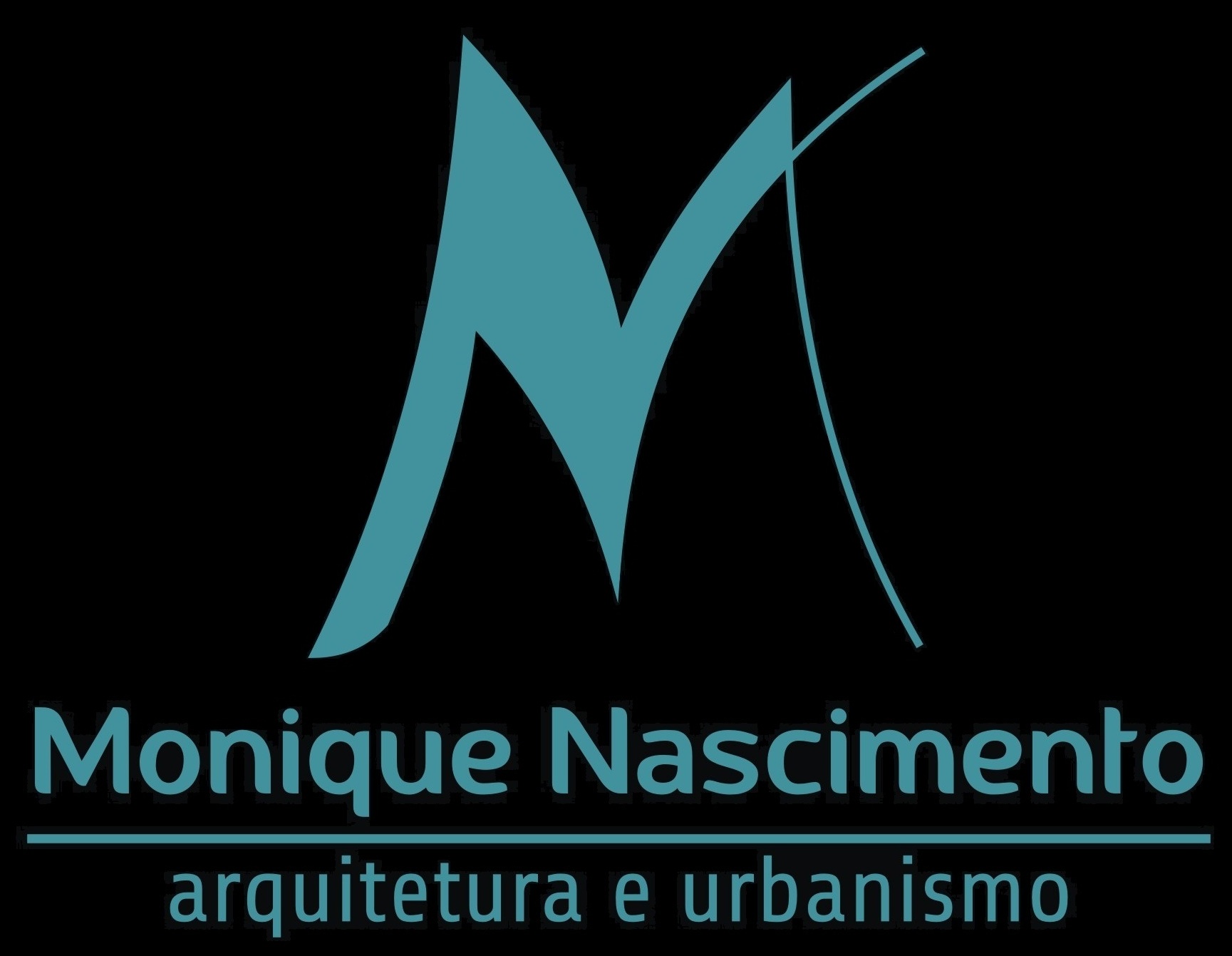INDEXABLE END MILLS
What is an indexable end mill
An indexable end mill is a cutting tool used in milling operations to remove material from a workpiece. It is called "indexable" because it features replaceable cutting inserts that can be indexed or rotated to present a fresh cutting edge when one becomes worn or damaged. This design allows for cost-effective tool usage and reduces the need for frequent tool changes.
The indexable end mill consists of a cylindrical shank that is held in a milling machine's spindle. The shank typically has flutes or helical grooves that help to evacuate chips and provide cutting edges for the inserts. At the end of the shank, there is a tool body or cutter head which holds the indexable inserts.
The indexable inserts are typically made of carbide, cermet, or other hard materials that provide excellent cutting performance and wear resistance. These inserts have multiple cutting edges, usually in the form of small, geometrically shaped tips or inserts. The number of inserts and their configuration depends on the specific application and desired cutting characteristics.

One of the key advantages of indexable end mills is their ability to replace only the inserts when they wear out or become damaged, rather than replacing the entire tool. This significantly reduces tooling costs and downtime. When an insert becomes dull, chipped, or worn, it can be rotated or indexed to expose a fresh cutting edge.
Indexing the inserts is a straightforward process. The tool body or cutter head typically has an indexing mechanism or a set of screws that secure the inserts in place. To index an insert, the screws are loosened, allowing the insert to be rotated to a new cutting position. Once properly aligned, the screws are tightened to secure the insert in its new position.
In addition to indexing, some indexable end mills also offer the ability to change the position of the inserts within the tool body. This feature, known as "insert pocket configuration," allows for further optimization of the cutting performance. By adjusting the position of the inserts, operators can achieve different cutting characteristics such as increased feed rates, improved surface finishes, or enhanced chip evacuation.
An Indexable end mills are available in various designs to suit different milling applications. Some common types include square shoulder mills, high-feed mills, ball nose mills, and face mills. Each type is designed to address specific milling requirements, such as slotting, contouring, profiling, or plunging.
When selecting an indexable end mill, considerations include the material being machined, the desired surface finish, the required cutting speed, and the overall machining strategy. The choice of insert geometry, coating, and cutting parameters will influence the tool's performance and productivity.
In summary, an indexable end mill is a versatile cutting tool used in milling operations. It features replaceable inserts that can be indexed or rotated to present fresh cutting edges. This design offers cost savings, reduces tool change time, and enables customization for specific machining requirements. Indexable end mills have become popular in the manufacturing industry due to their efficiency, versatility, and cost-effectiveness.




